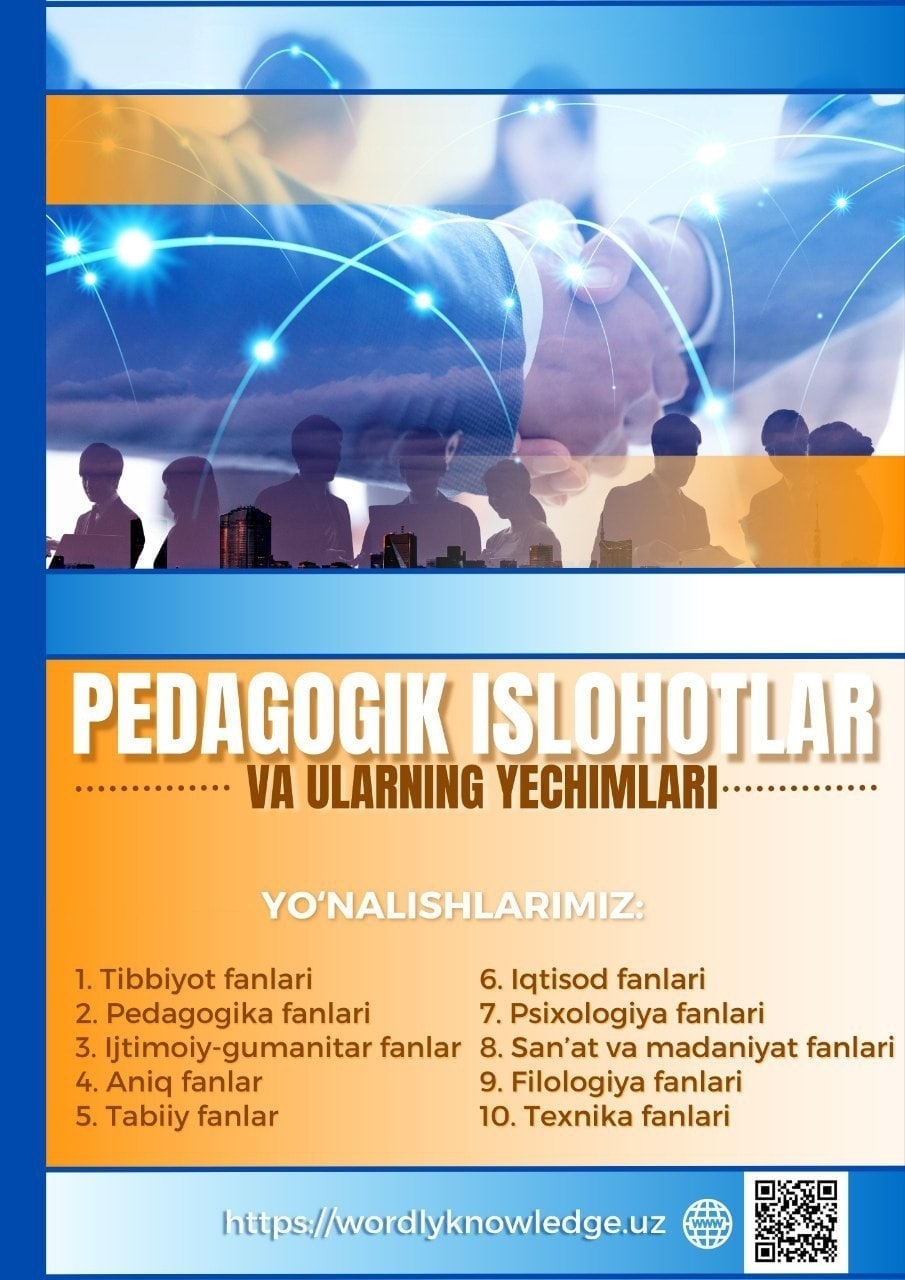THE CHALLENGES OF TRANSLATING FANTASY: TWILIGHT IN RUSSIAN
Keywords:
fantasy translation, cultural adaptation, linguistic challenges, Russian translation, young adult fiction.Abstract
This article examines the challenges of translating Stephenie Meyer’s Twilight into Russian. It focuses on the linguistic and cultural barriers that influence the translator's ability to preserve the original's intent while appealing to a Russian audience. The discussion highlights translation techniques, including etymological, stylistic, and semantic adjustments, as well as the role of cultural adaptation in maintaining the novel’s emotional and thematic resonance.
References
1. Bassnett, S. (2002). Translation Studies (3rd ed.). Routledge.
2. House, J. (2015). Translation as Communication across Languages and
Cultures. Routledge.
3. Meyer, S. (2005). Twilight. Little, Brown and Company.
4. Nida, E. A., & Taber, C. R. (1969). The Theory and Practice of Translation. Brill.
5. Kussmaul, P. (1995). Training the Translator. John Benjamins Publishing.
6. Venuti, L. (1995). The Translator's Invisibility: A History of Translation.
Routledge.
7. Wilss, W. (1996). The Science of Translation: Problems and Methods. Gunter
Narr Verlag.
8. Zorach, C. (2013). The Art of Translation: An Introduction to the Theory and
Practice of Translation. Pearson.
9. Виноградов, В. В. (1981). Очерки по теории перевода. Издательство МГУ.
10. Kamoljonovich, S. J., & O’G, Y. N. U. B. (2022). BADIIY TARJIMA UCHUN TARJIMA USULLARI TAHLILI (IAN TUHOVISKIY ASARLARI MISOLIDA). Ta’lim fidoyilari, 18(5), 32-37.
11. Kamoljоnovich, S. J. (2022). JK ROULINGNING FANTASTIK ASARLARIDAGI ANTROPONIMLARNING LINGVO-PERSPEKTIV MUAMMOLARI. Central Asian Research Journal for Interdisciplinary Studies (CARJIS), 2(1), 334-343. https://doi.org/10.24412/2181-2454-2022-1-334-343

